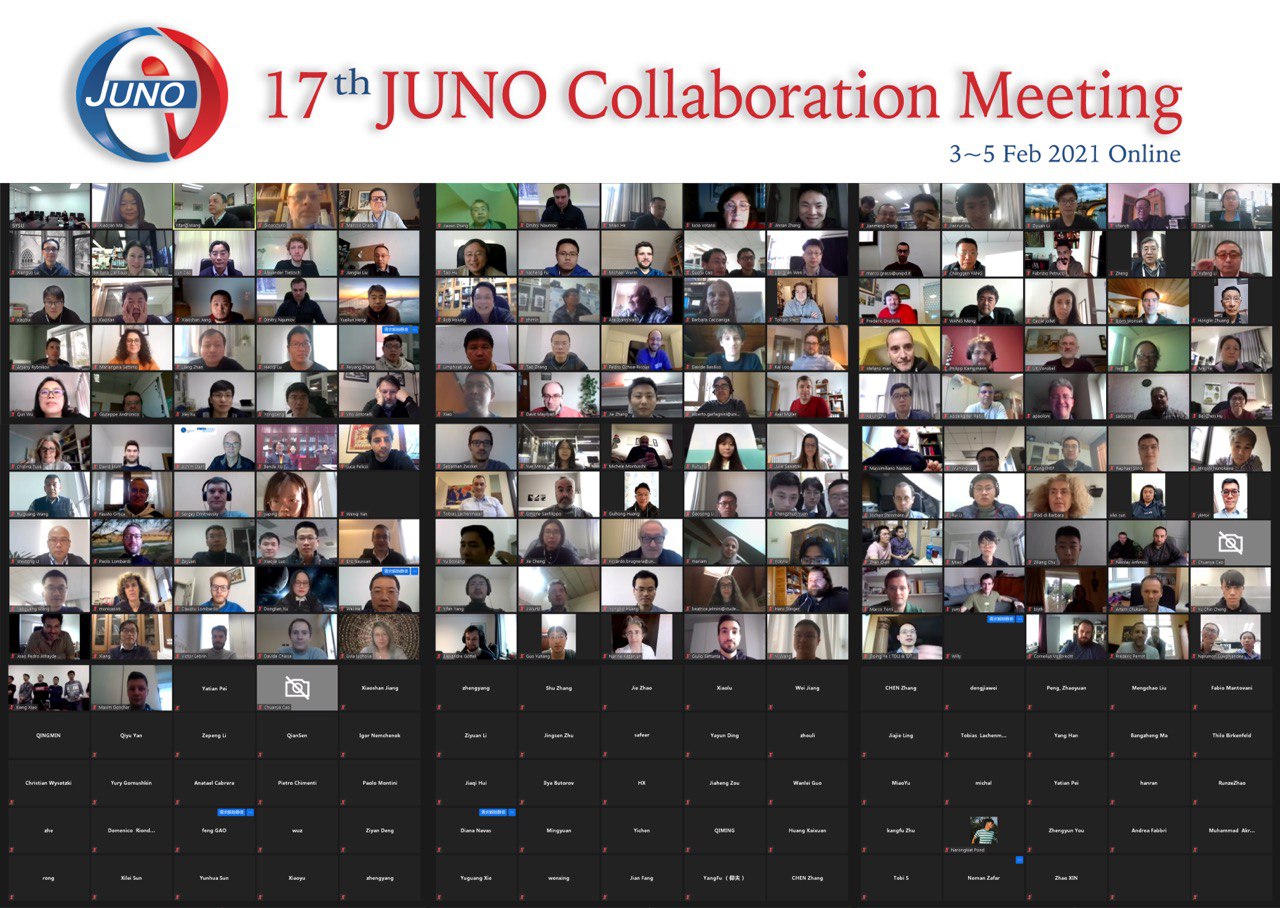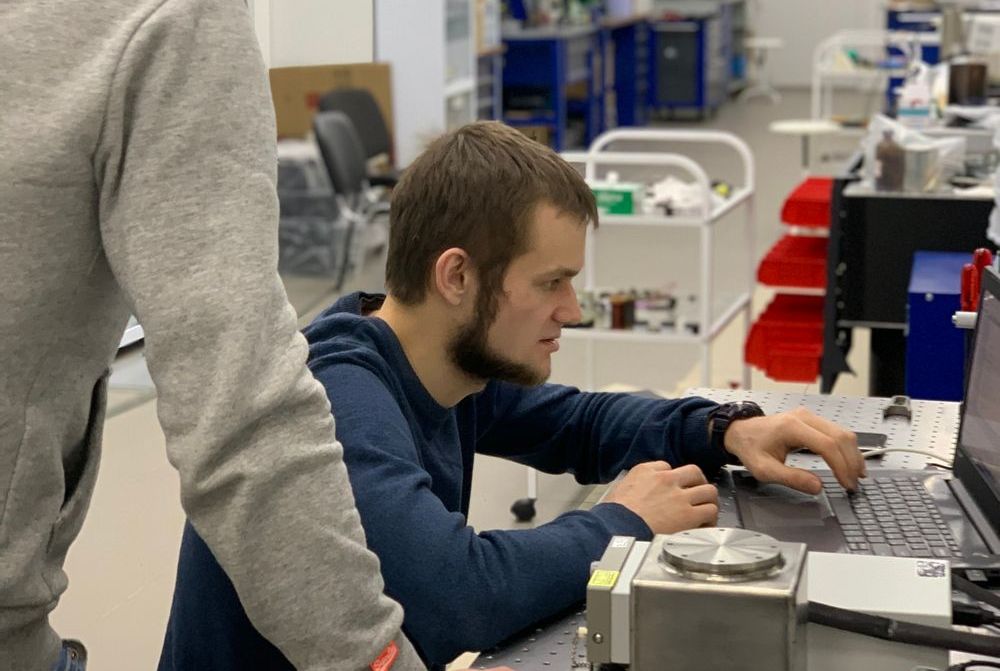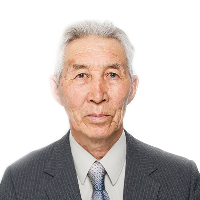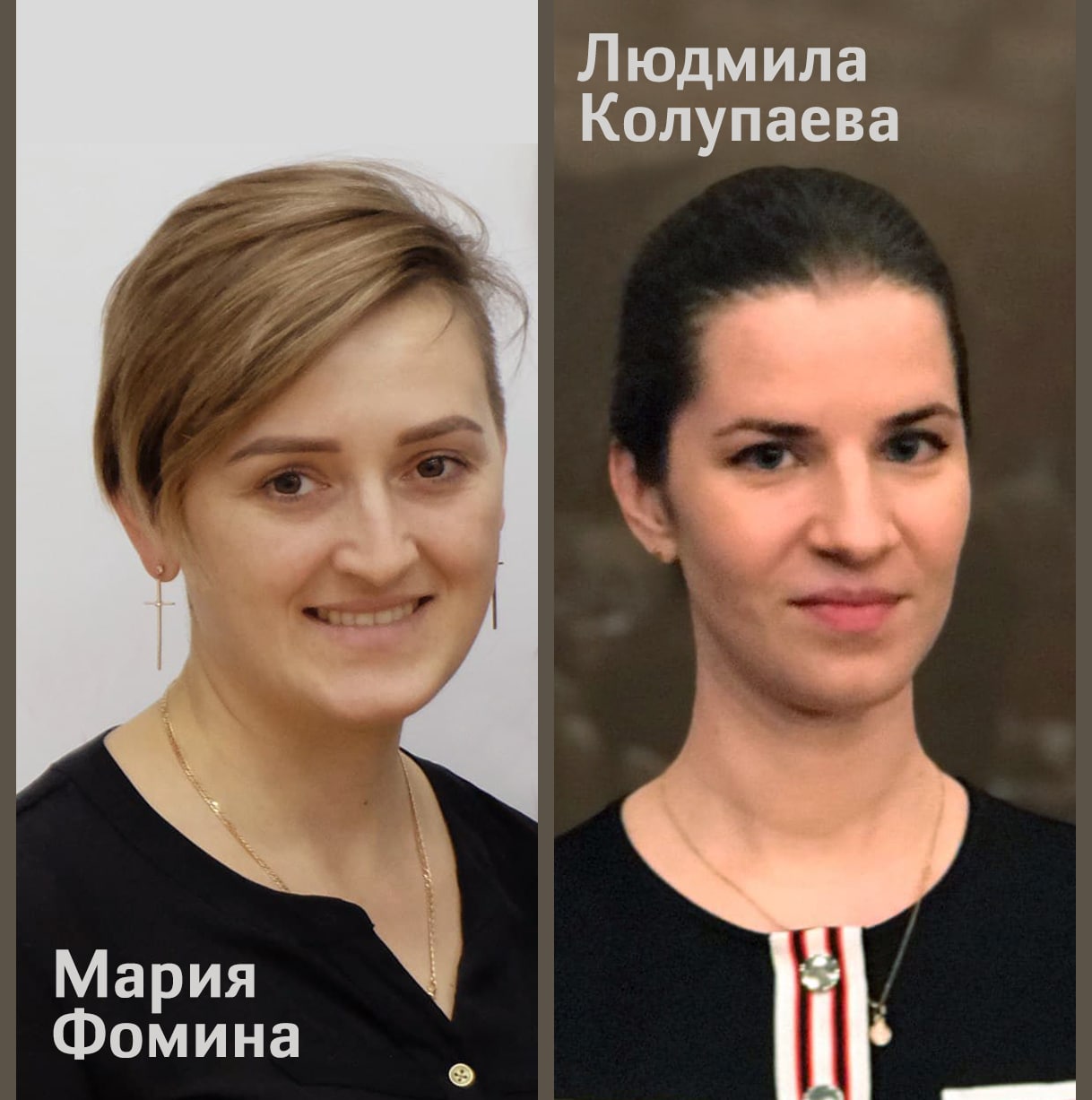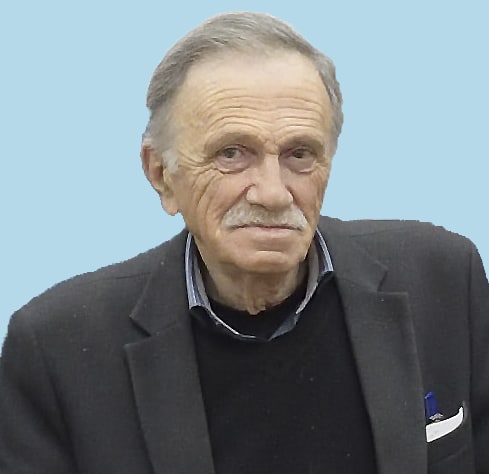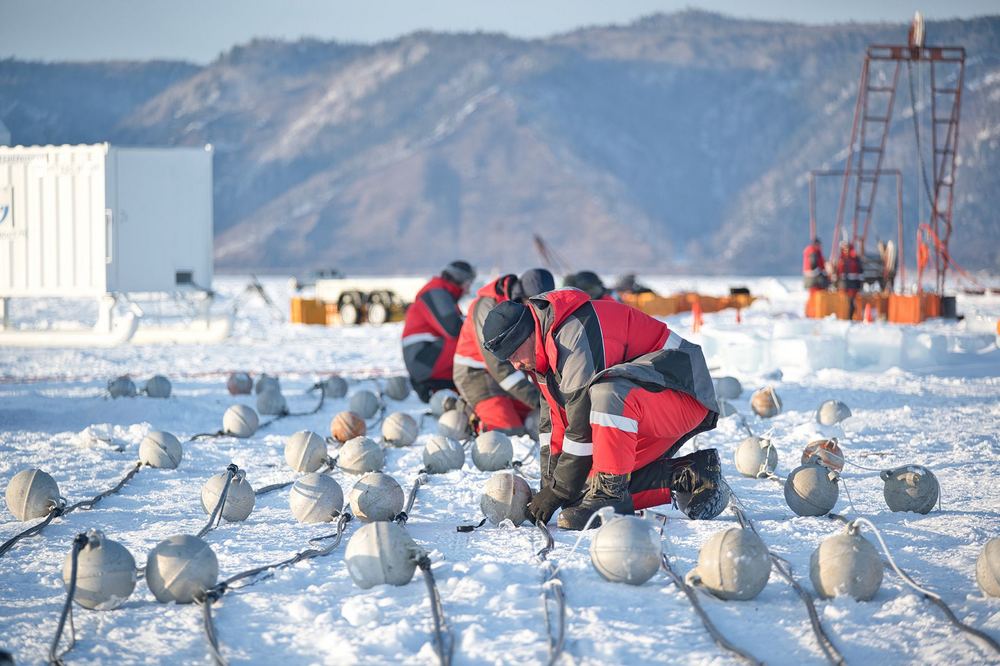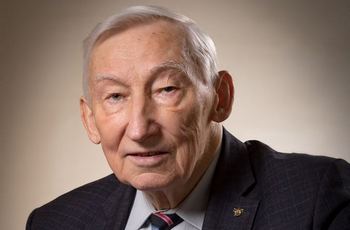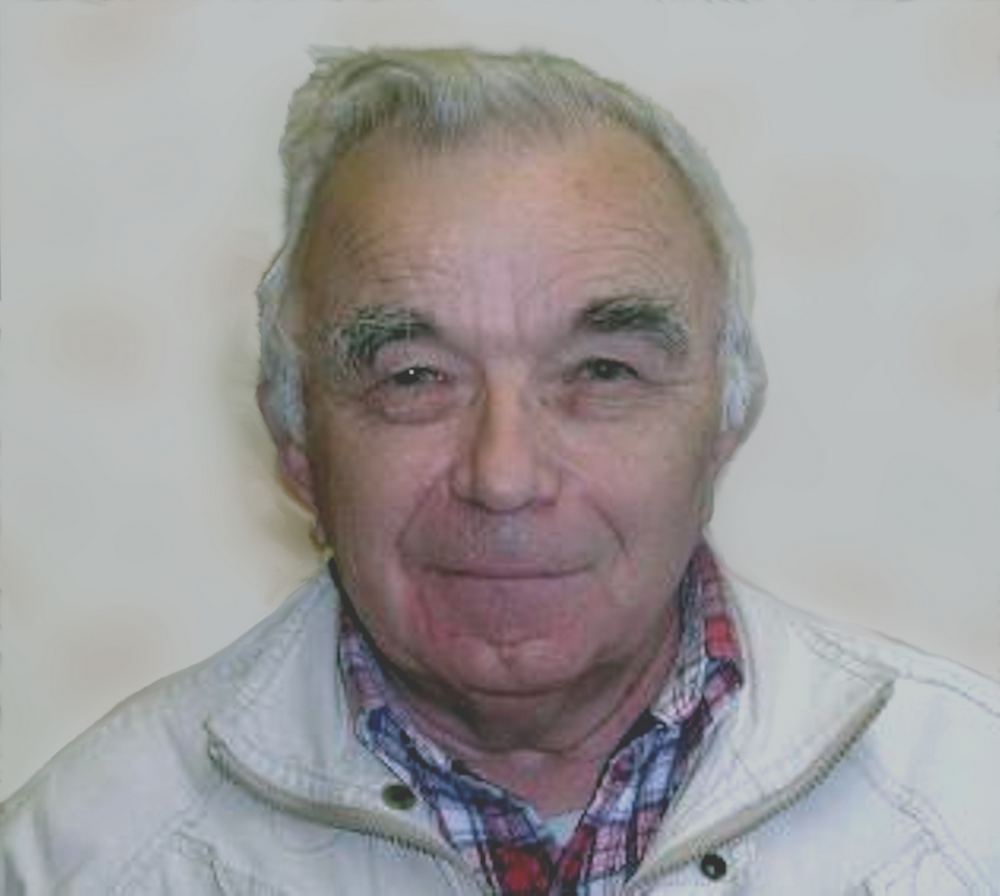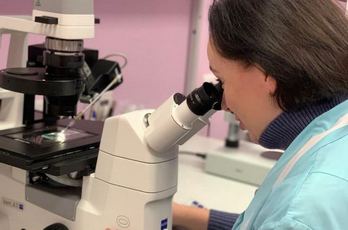News
10.02.2021
From 25 January to 5 February 2021, the 17th JUNO collaboration meeting was held. More than 200 people from 77 scientific institutions attended the online conference. Reports on detector construction and preparation of underground experimental halls were presented. Despite travel restrictions, the largest underground laboratory and all detector sub-systems are constructed with minimum delays. The detector is due to be launched at the end of 2022. Now, the collaboration is preparing the most significant stage—the commissioning of the experiment. It is expected that the detector will operate not less than 30 years. The first physical results will be obtained in a year after its launch.
08.02.2021
We wish you glorious scientific results, breakthrough ideas, sparks of creativity and sometimes great patience—for instance, W. Pauli had been waiting for experimental verification of his neutrino theory for 26 years.
We follow advancement of domestic science, are happy about its success and gladly tell you about discoveries which make our life easier, more interesting and better. It is obvious that there is no progress without science.
But how do scientists interpret science for themselves? Just as a thing bringing practical use and everyday labour?
Let us reflect on this topic together with the Director of the Dzhelepov Laboratory of Nuclear Problems Vadim Alexandrovich Bednyakov and his film “Life, its Purpose… and Science”.
07.02.2021
The DLNP Research Award Competition was initiated in order to motivate scientific activity of DLNP researchers and to enhance the quality of publications. Research papers can be nominated for the Award if published in peer-reviewed journals within two years before the date of the Competition announcement. To find out more about the Competition terms, have a look at General Rules and Regulations of the DLNP Research Award Competition. Papers are to be submitted to the DLNP Scientific Secretary Irina Viktorovna Titkova (titkova@jinr.ru) till 1 March 2021.
02.02.2021
The most anticipated breakthrough results in contemporary physics are obtained at mega-science facilities—huge colliders, arrays and telescopes—with scientists scrutinizing events and phenomena which are extremely hard to measure or to detect. Thus, coordinated functioning of all parts and components of scientific setups is really valuable as is also minimization of the ambient impact on the outcome.
29.01.2021
Yuri Nikolaevich Kharzheev, a senior researcher of the DLNP Experimental Department of Multiple Hadronic Processes, has been granted the Honorary JINR Employee Title for his achievements and long-lasting scientific activity at JINR.
Yu. N. Kharzheev, Candidate of Physics and Mathematics, is a highly skilled experimentalist. While working at JINR, he was involved in many experiments. His first studies examined processes of particle production in interactions of pions with nucleons and carbon nuclei at 5 GeV at the JINR synchrophasotron using a propane−freon bubble chamber. Afterwards, he investigated production and decay processes of K mesons with the GIPERON spectrometer at the U-70 proton synchrotron in Protvino.
28.01.2021
On 4 January 2021, the Joint Institute for Nuclear Research received the patent for the invention “Laser inclinometer for long-lasting detection of the Earth surface angular inclination”. The authors are Yulian Aramovich Budagov and Mikhail Vasilevich Lyablin.
More about the invention
The invention refers to control and measuring technology. It can be used for precision measurements of Earth surface angular inclinations under thermal instability of the environment. The device comprises a stationary platform set on a rocky ground, a movable platform fixed on it with three identical positioners. A laser, a cuvette with a liquid, a focusing lens, a position-sensitive photodetector (PSPD) and a processing unit are placed on the movable platform. While the Earth surface is inclining, the laser beam reflected off the liquid changes its angular position, which is detected and analyzed by the PSPD and the processing unit. The change in ambient temperature entails unwanted laser beam shifts.
22.01.2021
In 1997, in order to honour the memory of the distinguished scientist, Academician Bruno Pontecorvo, and to motivate young scientists, the Dzhelepov Laboratory of Nuclear Problems established Bruno Pontecorvo Scholarships. The scholarships are assigned for one year and intended to support activities of young scientists working on elementary particle and nuclear physics. The DLNP Expert Committee has resolved at its meeting to award the 2021 Bruno Pontecorvo Scholarship to Liudmila Kolupaeva and Maria Fomina.
Our heartfelt congratulations to the awardees! We wish you success and new scientific achievements!
14.01.2021
January 15, 2021, marks the 80th birthday of G. V. Domogatsky, an outstanding physicist, Corresponding Member of the Russian Academy of Sciences, Doctor of Science (Physics and Mathematics), Head of the Laboratory of High-Energy Neutrino Astrophysics at the Institute for Nuclear Research of the Russian Academy of Sciences. Celebration of this jubilee is not a mere courtesy. Not at all! This eminent scientist, a holder of many awards and honors, has seen a lot in his 80 years. He is a living legend of neutrino physics. He is referred to in books and text-books since his name is associated with the largest physical projects and major scientific discoveries.
12.01.2021
From 30 November to 3 December 2020, the online meeting of the BAIKAL-GVD collaboration was held. Within four days, more than 30 reports were presented where, among other topics, preparation of the upcoming expedition, manufacturing of optical and other modules, the current status of the telescope, operation of the system of GVD-2020 data acquisition and processing, and also event reconstruction algorithms were discussed.
.
07.01.2021
Today, Professor I. N. Meshkov, an Academician of the Russian Academy of Sciences (RAS), a chief researcher of the Section of Electron Cooling of our Laboratory, turns 85! I. N. Meshkov is an outstanding expert in physics of charged-particle beams, accelerator physics and engineering, high-energy physics, plasma physics and physics of radiation methods in material processing.
02.01.2021
On 2 January 2021, Yuri Pavlovich Merekov, the oldest researcher of the Experimental Department of Colliding Beams (EDCB) of the Dzhelepov Laboratory of Nuclear Problems, passed away.
30.12.2020
Molecular Genetics Group is a section of the Dzhelepov Laboratory of Nuclear Problems (JINR) where researchers still continue working in person — life support of living model organisms is a permanent process.


